Freshwater biomes include creeks, streams, rivers and lakes. A unique feature of freshwater biomes is that water is dumped from them into marsh areas such as the mouths of rivers. Other examples of freshwater biomes include canals, gutters, ditches and puddles as life can survive in all these.
In total, freshwater biomes cover a fifth of the surface of Earth.
We depend on freshwater biomes for our survival with over half of all drinking water for both humans and also animals come from them. Almost all of the water that comes from the shower and out of your taps originated from a resource which is known as a freshwater biome.
Freshwater biome characteristics
Freshwater biomes are locations rich in minerals and nutrients. Salt water is not ideal for most animal and plant life but live thrives in freshwater biomes.
Any pool of water that does not contain salt can be considered a freshwater biome.
At the bottom of freshwater biomes is usually a bedding of sediment which is kept in place by still or slow-moving flows of the water. This contrasts with ocean biomes containing salt water that are almost always moving.
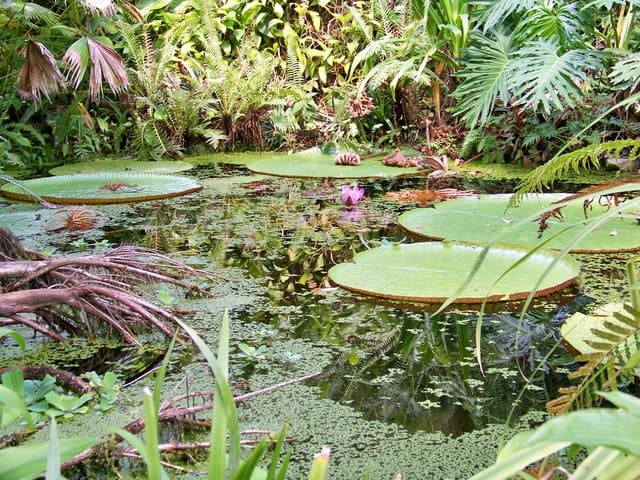
In lakes and ponds the top zone near shores are called littoral zones which are the warmest as the zone is shallow and absorbs more of the Sun’s heat. The littoral zone sustains diverse communities of species such as algae, floating aquatic plants, clams, insects, snails, crustaceans and other species. The near-surface water which surrounds the littoral zone is called the limnetic zone wight is well-lighten in much the same way the littoral zone is well-lighted. In the limnetic zone there is a large amount of zooplankton and phytoplankton.
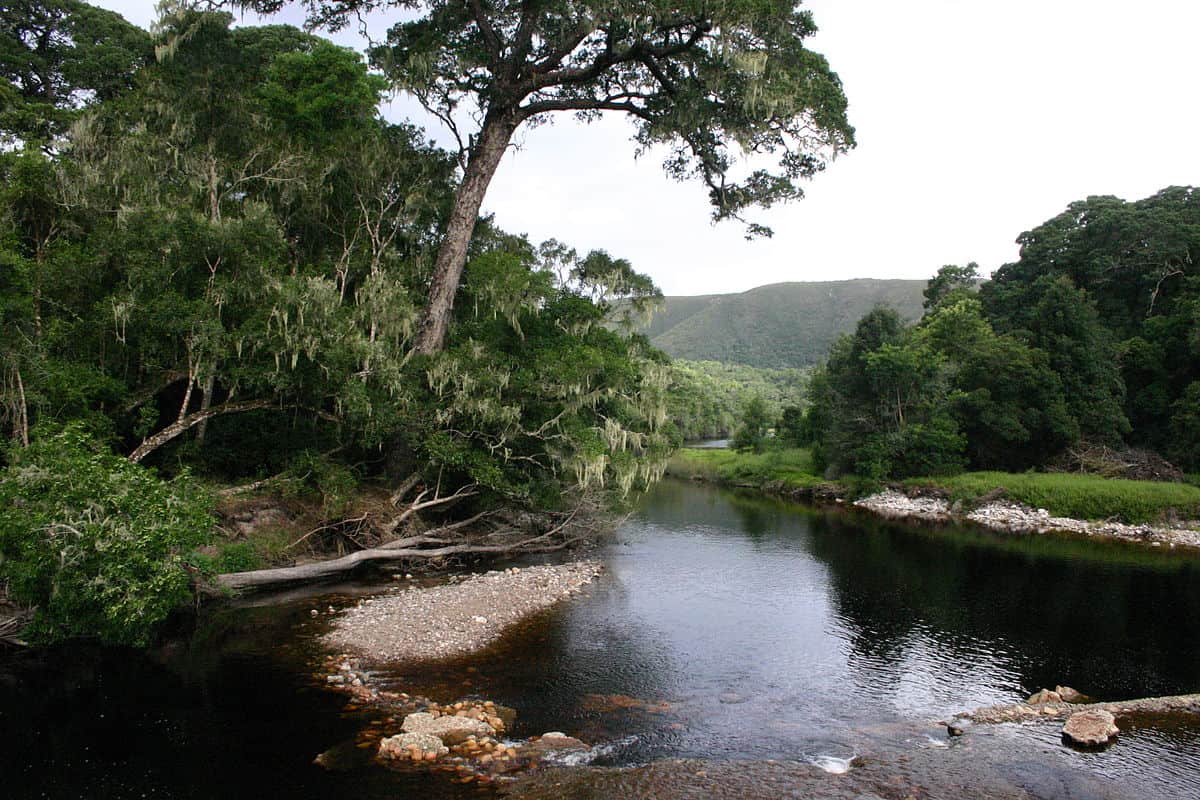
In rivers and streams the characteristics change from the source of the river or stream to the mouth of the river or stream. Temperature is as a rule cooler at the source of the river or stream compared to the mouth of the river or stream. The source tends to have greater volumes of oxygen and supports algae and green plants.

In wetlands such as swamps, mashes and bogs plants called hydrophytes are well adapted to the moist and humid conditions in the wetlands. These plant species include black spruce, tamarack, cattails and sedges. There is also marsh flora such as cypress and gum. In fact the wetlands have the greatest diversity of species of all ecosystems.
So where are freshwater biomes located?
There are many freshwater biomes located in Florida, the Amazon River and Russia.
Freshwater biome climates
The majority of the biomes are found in moderate climates that experience a substantial amount of rain fall. There are also some freshwater biomes found in polar regions.
Freshwater biome temperature
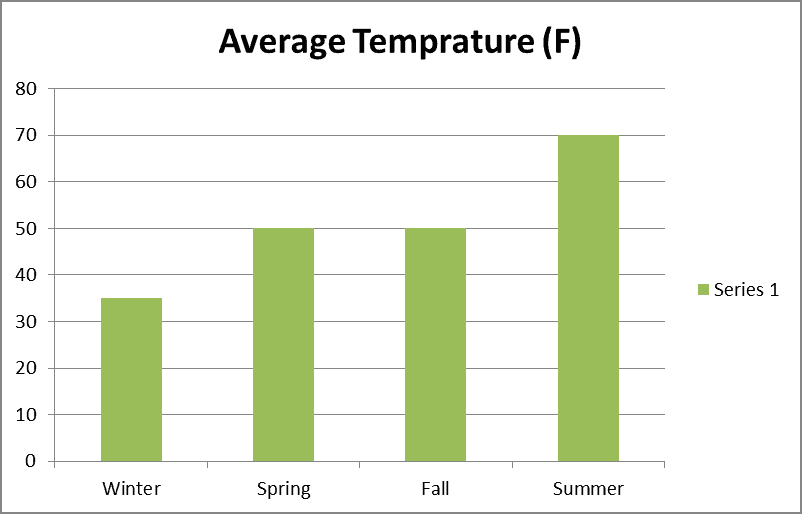
The average temperature of these biomes ranges from 65 degrees Fahrenheit to 75 degrees Fahrenheit in summer and only 35 degrees Fahrenheit to 45 degrees Fahrenheit in winter.
Freshwater biome precipitation
Most wetland freshwater biomes are found in temperate zones and therefore receive a large amount of precipitation. Lakes and rivers tend to be located in mountains and values and so experience less precipitation. The average precipitation of freshwater biomes will range between 10 inches to 80 inches on average every year.
Freshwater biome abiotic factors
Biotic factors are all plants, animals and other living things that impact on an environment.
In contrast, abiotic factors are the factors impacting an environment that is not living.
Examples of abiotic factors that can have an impact on freshwater biomes include soil, climate, temperature, water supply, chemicals in the water supply and soil, radiation, light, and precipitation.
Of these factors the four which most affect streams and rivers include the pH and chemicals found in the water, the amount of light, the temperature of the water and water flow.
Regarding freshwater ponds and lakes you also need to include other things such as water surface area and depth, seasonal changes and the effects of the surrounding soil.
A general list of abiotic factors for freshwater biomes should include:
Soil acidity and type, the extent of water flow, water oxygenation, chemicals in the water, minerals and nutrients found in the freshwater biome, how deep light travels into the water, pH levels and temperature.
Freshwater biome plants
Which plants are found in freshwater biomes depends on the water quality, temperature, the depth of the water and the rate of flow of water. The amount of sunlight also has an impact. Common plants found on the edges of streams and rivers include tape crass, star grass and contrails.
Trees, although not as frequently located near freshwater biomes do forms such as river birch, willows, and cottonwoods which grow in slow-moving water shallow areas of the biomes.
In wetlands such as marshes, ditches, swamps, and bogs the water tends to be saturated the whole year round and so the dirt becomes mud which is a good environment for cattails and duckweeds as well as species of tree such as Cyprus, black spruce and tamarack.
Ponds and lakes do not support many species of plants due to the depths of the lakes and ponds.
Plants that do survive here include grasses and weeds as well as cattails and lily pads.
Water lilies survive in these biomes by seed dispersal.
Freshwater biome animals
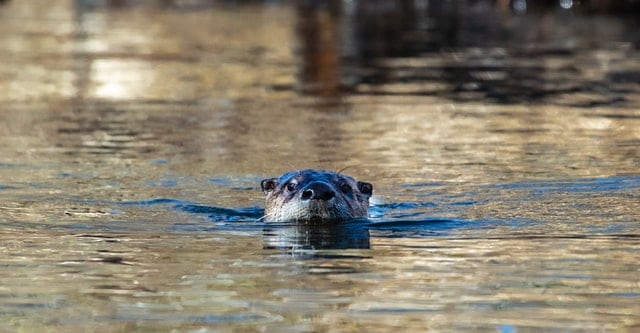
There is a large diversity of freshwater biome supported animals such as River Otters, Freshwater turtles, crocodiles, the European eel, black piranha and frogs.
River otters are strongly adapted to live in freshwater biomes and this can be seen by the way in which their nose and ears can remain closed in the water and by their long tails which act like oars and also paddles to glide effortlessly through the water. River otters can be found in rivers as well as streams and creeks. River otters feed on eggs, fish, frogs, turtles and water birds. North American otters can live on land as well as the water, this is called semi-aquatic.
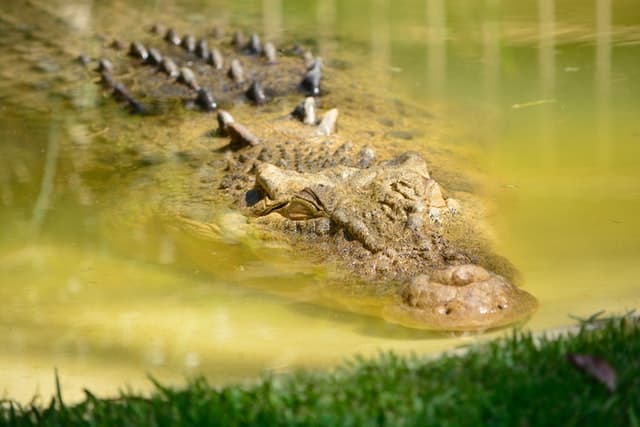
- Crocodiles can be found in creeks, wetlands, ponds, and canals and mostly feed on birds, mammals, fish, invertebrates, and reptiles.
- Black piranha are mostly located in rivers and not the other freshwater biomes listed in this section, they feed mainly on fruits, seeds, fish, and carcasses.
- Frogs are very good at jumping which gives them an advantage in freshwater biomes. Frogs can be found in ponds, on trees, and in creeks. They mostly eat mice, dragonflies, mosquitoes, grasshoppers and moths.
- Freshwater turtles are often located in lakes, ponds, and rivers. They have a strong shell protecting them from predators and feed on herbs, plants, frogs, insects, and fish.
- European Eels often live in seas and rivers, are adopted to glide using sleek skin and eat insect larva, small fish, earthworms and invertebrates.
Which of these is characteristic of the photic zone of a freshwater biome?
Here is a question that often comes up in exams. Which of these is characteristic of the photic zone of a freshwater biome?
A. Presence of algae.
B. Presence of bacteria
C. Presence of yeasts
The right answer is a – the presence of algae. But why?
Oceanic environments can be divided into zones.
Oceanic zones are regions about how much sunlight hits and then reaches through the water.
The top part of the water is the photic zone where sunlight does pass. This upper section to around 80 meters down is called the euphotic zone. Algae such as phytoplankton are in abundance in the euphotic zone, are base forms of organisms for marine food changes and generate primary productivity of the ocean.
Freshwater biome facts
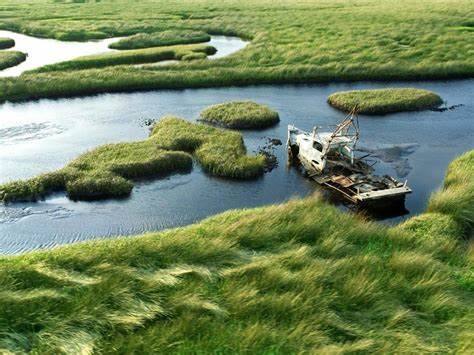
Freshwater biomes can be shallow up to one foot deep.
The Florida Everglades is the largest freshwater biome on Earth.
Nearly 70% of all water used for crop irrigation originates from freshwater biomes.
These biomes have a climate from 39 degrees Fahrenheit to 71 degrees Fahrenheit.
Freshwater biome food chain
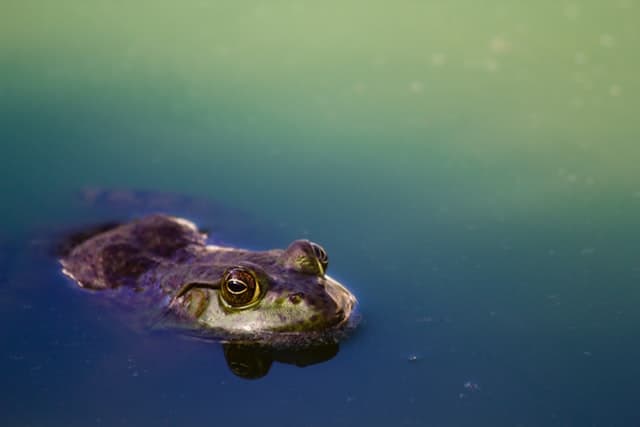
There are more than 1,200 insect, mollusk and amphibian species living in freshwater biomes in addition to 700 fish species.
Some famous animals that live in freshwater biomes include crabs, turtles, frogs, and shrimp. An example of an animal that lives on the land around freshwater biomes includes the beaver.
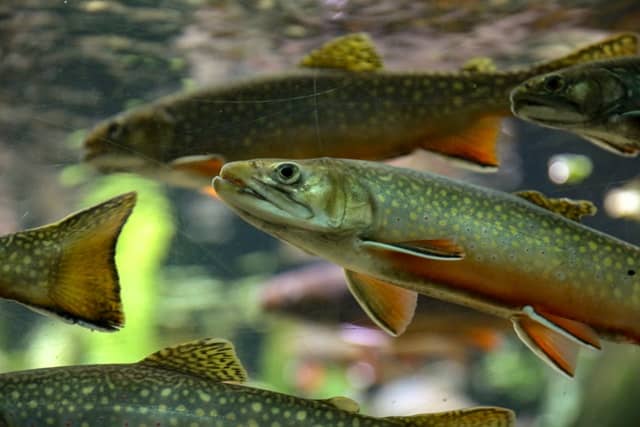
Fish are frequently found in freshwater biomes and people often go to freshwater biomes to fish bass, trout, and salmon. The size and type of fish you will find in a certain freshwater biome depends on the time of year and location. Anywhere you find freshwater you will find a large number of mammals that rely on the water to drink.
Read more about Bioenergy
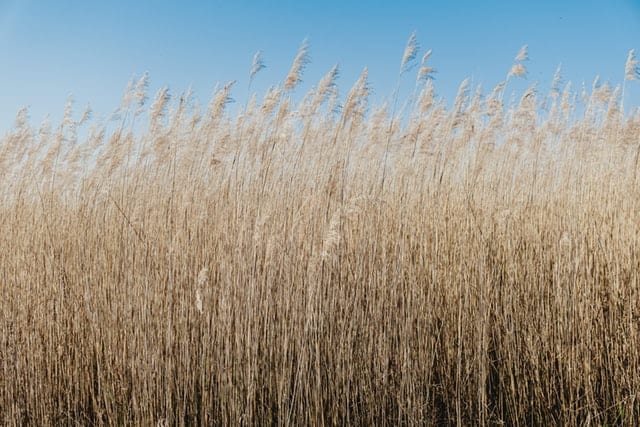
There are many plants, in particular, low-lying ones that grow in freshwater biomes include sedge and grass. You will also, on occasion, find a few trees. Other plants you will find around freshwater biomes include bull rush, cattail, water lily, spike rush, and pickerelweed.
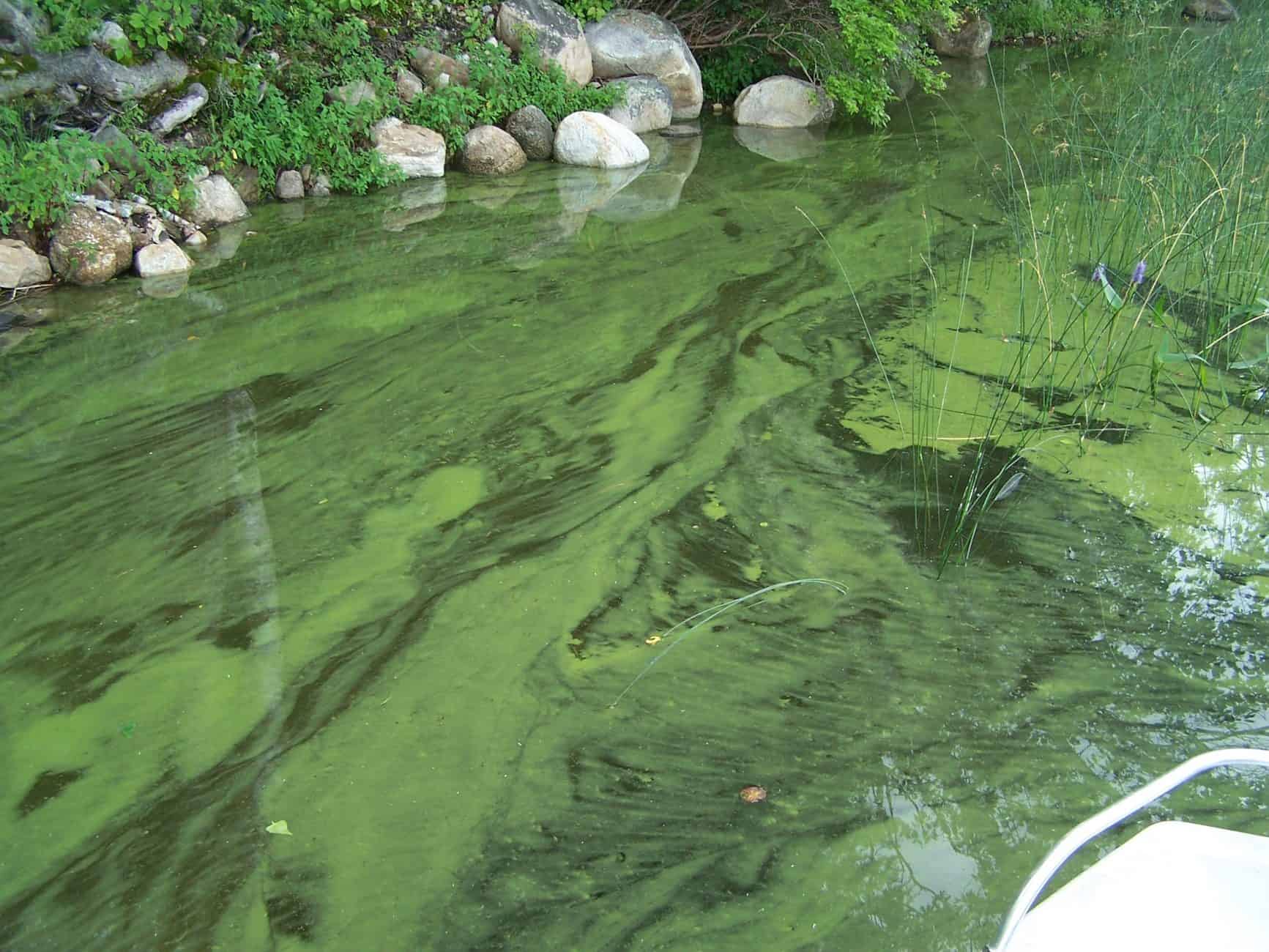
Of the algae you will find in freshwater biomes, cyanobacteria are one of the most common. A lot of animals depend on these algae to survive.
Freshwater biomes have the largest diversity of plant and wildlife of any ecosystem bar one.
Freshwater biome threats
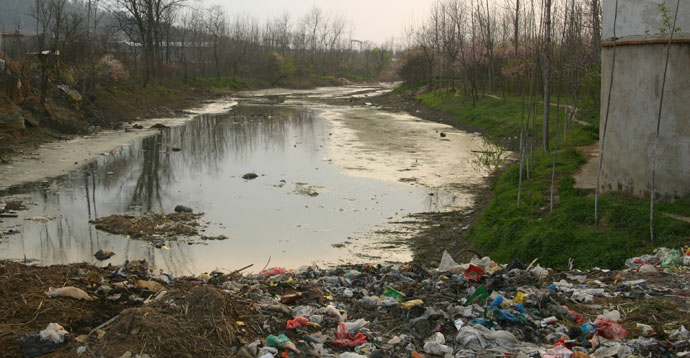
There are serious threats to freshwater biomes from global warming and pollution. Pollution causes free radicals to form in the air which inhibits plant and wildlife development. There is an additional problem of pollution caused by chemical runoffs and human waste.
In regards to global warming, smaller biomes have become dried up and it is likely that other freshwater biomes will do so in short order. Many other biomes have much fewer volumes of water than they did in recent decades.
Concluding remarks
Freshwater biomes include creeks, streams, rivers, and lakes. Other examples of freshwater biomes include canals, gutters, ditches and puddles as life can survive in all these.
In total, freshwater biomes cover a fifth of the surface of Earth. Over half of all drinking water for both humans and animals comes from them.
Freshwater biomes are varied and can include lakes, streams, rivers, creeks as well as canals, puddles, and ditches. Life can be found in all of these forms of freshwater biomes.
A total of a fifth of the surface of the earth is covered by freshwater biomes and freshwater biomes are the source of over half of all drinking water for both humans and animals as well as nearly 70% of water for crop irrigation.
There are rich sources of nutrients and minerals in freshwater biomes. A freshwater biome can be any pool of water that doesn’t contain salt. Many freshwater biomes can be found in the Amazon River, Florida, and Russia. In fact, the Florida Everglades is the largest freshwater biome.
Most freshwater biomes can be found in moderate climates which also experience substantial amounts of rainfall. The abiotic facts which impact freshwater biomes are soil, temperature, climate, the supply of water, the chemicals in the water supply or soil, light, radiation, and precipitation, amongst others.
Many species of plants do not survive in freshwater biomes due to the depths of ponds and lakes. Plants that do survive include grasses, weeds, and lily pads.
The most common algae found in freshwater biomes are cyanobacteria.
Read next: Understanding the Ins And Outs of the Solar Thermal Energy
There is however a larger diversity of animals found in freshwater biomes such as crocodiles, river otters black piranha, European eels, freshwater turtles and frogs.
Regarding insects, amphibians, and mollusks there are in excess of 1,200 species living in freshwater biomes as well as 700 species of fish. Notable creatures include turtles, crabs, frogs, and shrimp. Fish species found include trout, bass, and salmon.
Serious threats to freshwater biomes include pollution and global warming. Free radicals in pollution can form in the air to inhibit wildlife and plant development. Other factors in pollution include chemical runoffs and human waste.
Smaller biomes have dried up as a result of global warming and others will do so in short order. Other impacts of global warming on freshwater biomes are the noticeable decline in water volumes in recent decades.